RED AND WHITE, AND BROCK ALL OVER!
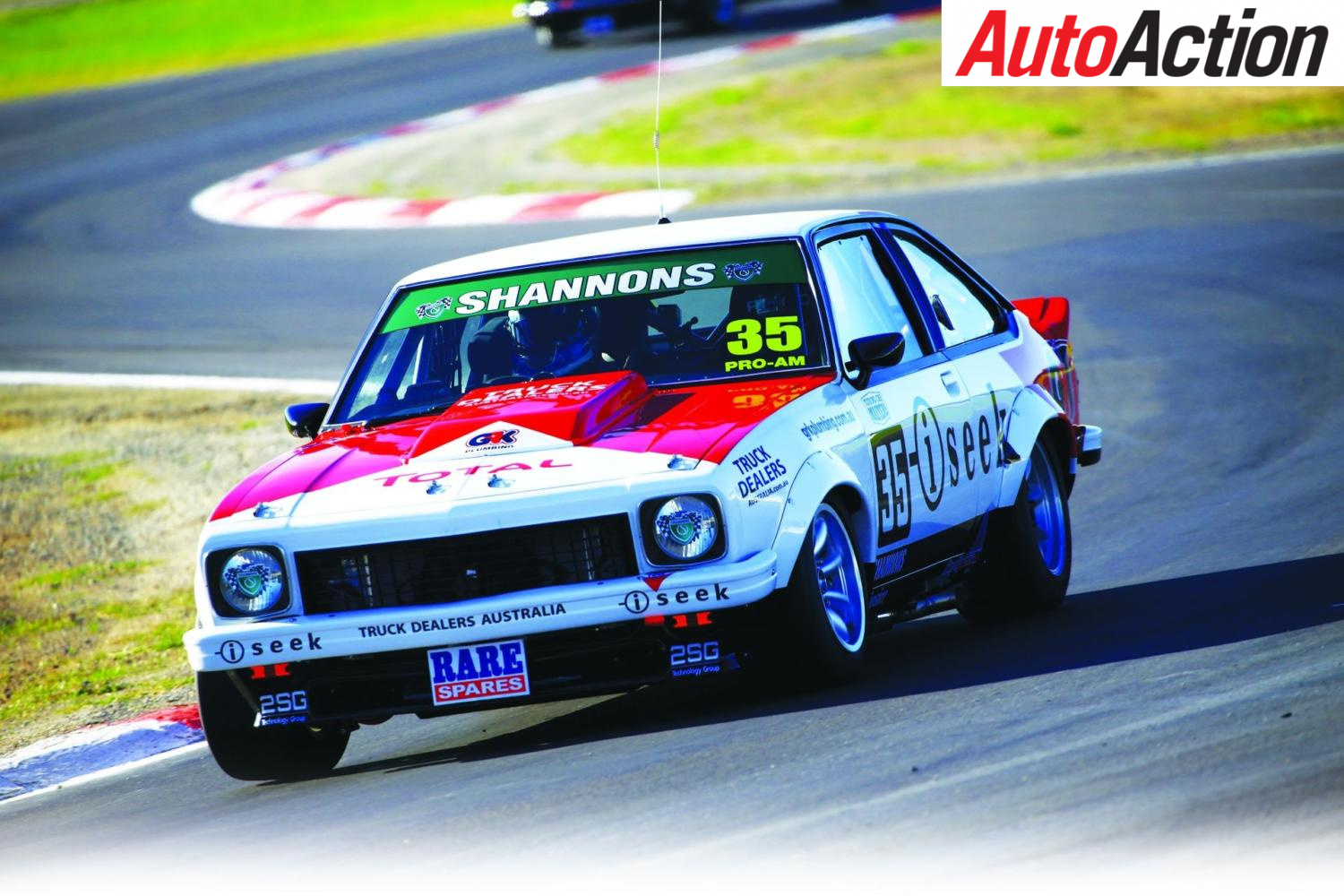

In 1977 a red and white Holden Torana thrilled racing fans right across Australia. Nearly 40 years later, the same thing is happening
Imagine that you were a golf fan when you were a kid and grew up wanting to take on Greg Norman.
Or, you were mad about cricket and you fancied your form facing Dennis Lillee – or trying to out-think Allan Border with the red ball.
Of course, any or all of those things are impossible. Even if you could do that, sports are cruel and, as Piers Morgan found out a couple of summers ago, facing your idols (in this case, Australian fast bowler Brett Lee) can have painful consequences.
Tell Jason Gomersall that.
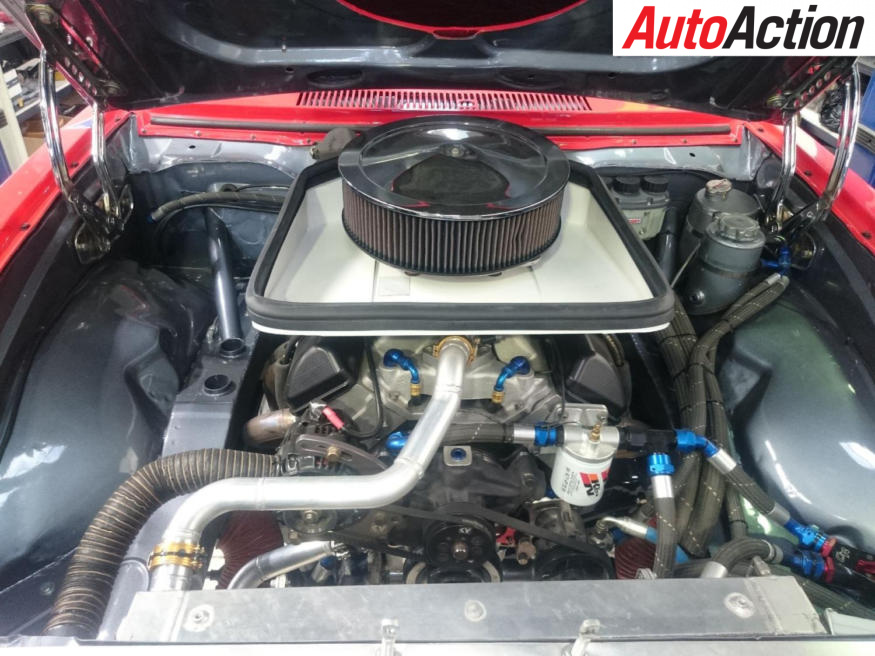
As a youngster he grew up idolising some of the country’s elite Test cricketers. But even more than that, he loved motor racing and he wanted to take on some of the Touring Car racing’s greats and beat them at their own game.
In your dreams.
Except, this dream has come true.
“My other sporting passion is cricket, but I am not particularly good at it,” he admits.
“This is like if you could play with Allan Border or Dennis Lillee. They are some of my heroes, so this category offers that – great cars, and great drivers.”
Gomersall is living the dream, and “this category” is the Touring Car Masters. A successful business has allowed him to take up at the sport at a relatively late age, and now he mixes it on the track with Jim Richards, John Bowe and Glenn Seton.
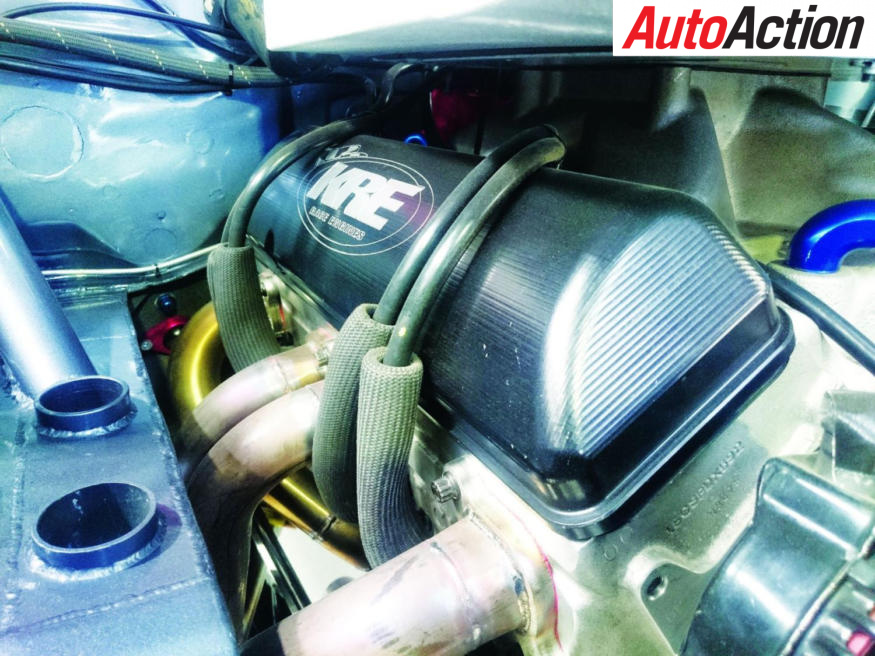
“I started racing in Formula Vee,” he says.
“I joined TCM in 2012, prior to that I was in V8 Utes, for about three years. That was my start in motorsport. I was a late starter; I was 31 when I started in racing. So it was Formula Vee State Racing in Queensland, and then I stepped up into the Utes.
“I didn’t really look at this. I looked at the Utes racing on TV, and I thought that they looked really cool. So that’s why I went into that, and that is when I first noticed what was then called the Biante Series. I looked carefully and thought that they were such great cars and I thought that they looked like a lot of fun to drive.”
After a couple of years, the series eligibility regulations opened the door to the car he always lusted after, the Peter Brock/Holden Dealer Team Holden Torana A9X.
“When I was a young kid growing up, this was my earliest memory of touring cars,” he said.
“Those were the cars; the Brock Holden Dealer Team A9Xs from 1978, ’79.
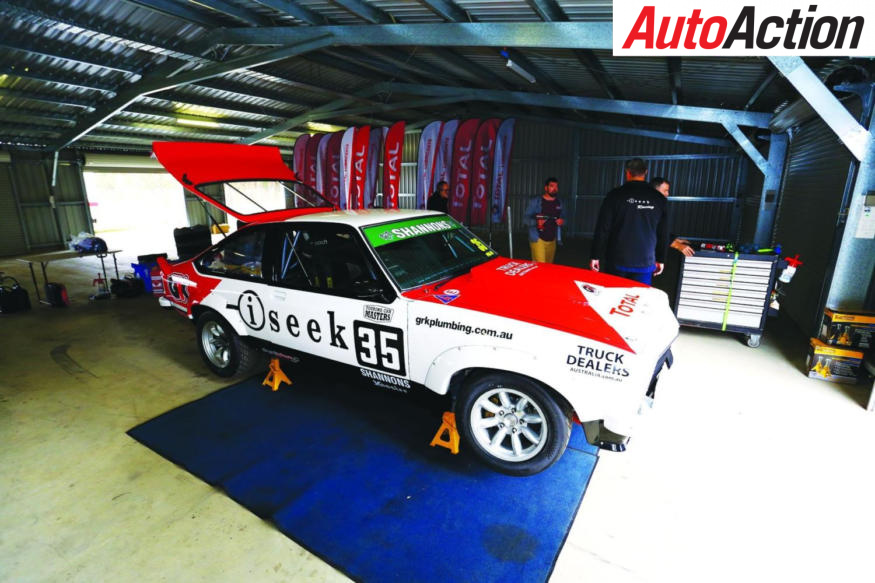
“This is the car I always wanted to build. When I first joined the category in 2012, this model Torana was not eligible. The cut-off was 1974, and this car is a ’77. I asked the category if this was eligible, and they said no.”
The origin of the car is quite humble. ‘Real’ A9Xs are as rare as hen’s teeth; 305 sedans were made but only 100 examples of the hatchback were built for homologation purposes. But GM Parts and Accessories built another 52 lightweight shells destined for the racetrack – 11 sedans and 41 hatches.
Based on the LX hatchback and sedan models, the A9X wore a backwards facing bonnet air scoop, rear disc brakes, thicker axles and a 10-bolt differential.
And it was not really a model. It was a ‘Performance Equipment Package’ option, a higher specification L34, if you like, put on the market in August 1977 for $10,600 for the four-door. The neater, more desirable hatchback cost $200 more. Neither version came with a radio.
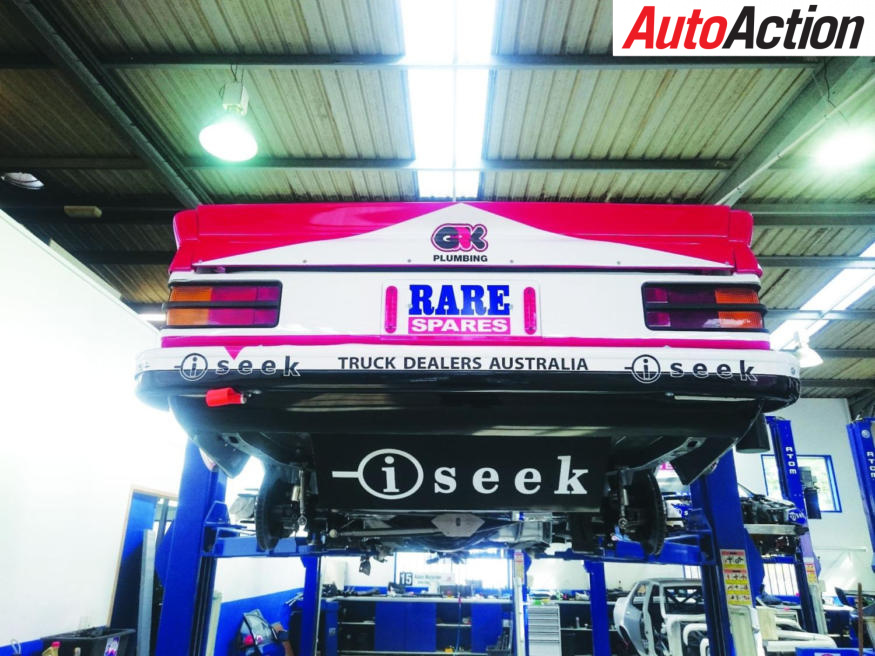
The rear of the car is different to the L34, borrowing the rear chassis design from the then-unreleased UC model Torana. It has everything that the young customer on the move could desire – except horsepower. The L34 engine was rendered unusable by the new ADR27A emission regulations, and the ‘L31’ motors fitted to the roadgoing A9X were a bit… anaemic by comparison. No matter; Holden had already homologated the L34 engine and the ‘dirty’ motor (with castings developed by Repco) was carried over, all the horsepower intact, into the A9X.
Gomersall’s car was hardly one of the most notable of the breed.
“When I got the car, I took some photos,” he says.
“It didn’t look like it does now! It was an old Speedway car; bright yellow, with a really old cage in it, but it was remarkably straight. I got it off a guy who is actually in Ipswich, he collects Holdens and sells everything Holden. The name of his business is Motormania. I bought my four-door Torana shell from him a few years ago, and I saw that he had two two-doors. He said that he would keep it for me in case it became eligible. He is a mad-keen Holden fan, and he loves what we are doing. I took him a picture the other day of the car, and we took a look and compared it to the original!”
“So we had the car. We stripped it, cut the cage out, that was never going to be compliant anyway, we acid dipped it, to get rid of any rust or nasties or whatever. We sent it to Sydney to have that done. When we got it back, that was when we repaired all the rust and little things that needed fixing. Once it was straight, we started fabricating it into a racecar.
“The car sat there for about nine months, but once Matt Stone gets going on a car build, it came together very quickly.”
Enter Matt Stone Racing. MSR had not built any Touring Car Masters machines before Jason Gomersall went to the team with his first Holden Torana.
“This is the second, the first one was the four-door Torana that we built for Gomersall,” says Stone.
“What we wanted to do was to develop what we had built. The first car we built for Jason was the first one we had built for the Touring Car Masters and this is an evolution of that – with, obviously, a different bodyshell.
“A lot of work went into it. We really went the extra mile, to build this car and make sure that we did everything that could be done. The biggest thing was the time constraints, there was a lot of work to be done in a relatively short time period.
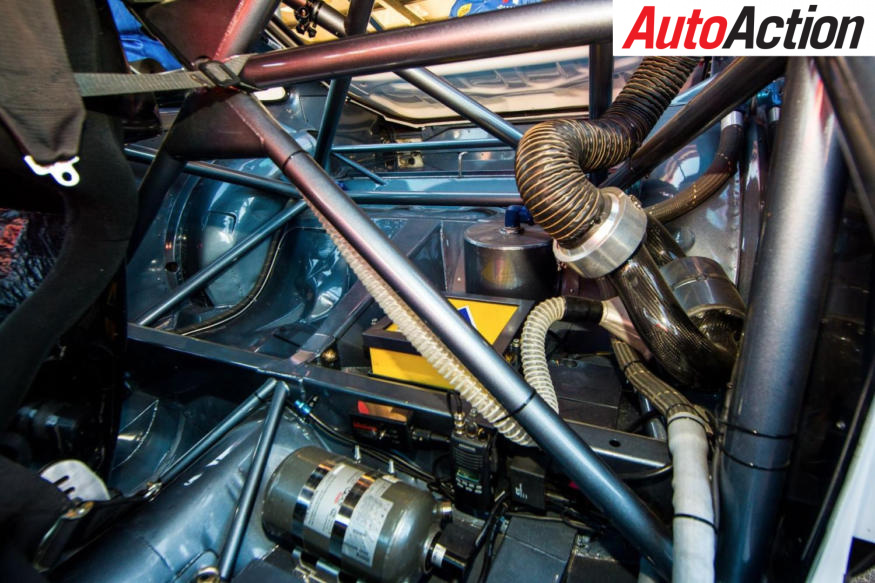
“It was certainly the driving force in half of the workshop for much of the latter half of the year.”
With a tight rulebook there were strict guidelines about what could and could not be done to a car designed nearly 40 years ago.
“As much as we are allowed within the rules. The rules are completely different but it is still a big, front-engined, V8-powered, slick tyred Touring Car. A lot of things can be transferred between categories but with a different rulebook. That might make it totally different but the fundamentals are the same.”
The result is a car that has been competitive from its first outing.
“It is not strong in one thing only, it is a lot of little things. We had to develop the car to match the development of Jason as a driver over the last few years.
“We certainly hit the nail on the head with the retro livery. The original car was one that Jason idolised, and with this car looking as it does, we hit the ground running with some good results.”
Gomersall says that the car build time frame was a busy time.
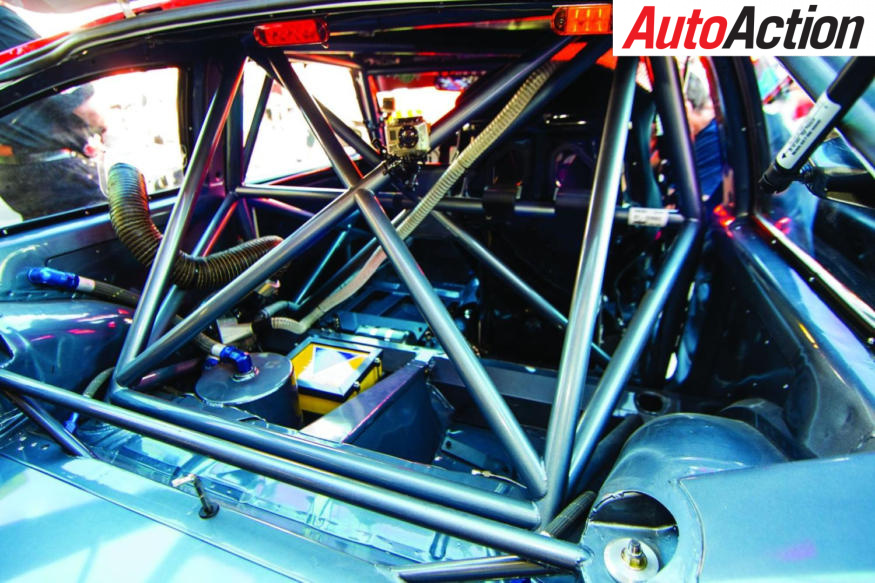
“We put a new roll cage into it and then started transferring all the stuff from the older, four-door car; engine, gearbox, driveshaft,” he said.
“Diff, brakes, so on. That was all done at Matt Stone Racing. The lead-up preparation, all the work, took a long time, but once it was in the building and assembly stage, that was all done in about 10 to 12 weeks. We debuted it at Winton, and for three months, the boys were busy.”
The original A9Xs ran a Repco-cast engine block with modified pistons, roller rockers and larger inlet and exhaust valves, and that all worked just fine 40 years ago. But with the option of employing a purpose-built Chev engine, none of that is applicable in this case.
“We run KRE Engines,” says Gomersall.
“Even when we ran the 308 in the four-door, that was built by KRE. Then we chose to go down the Chev path. It’s a lot easier to source parts for, and the long-term viability of the Chev is probably a lot better than the

Holden. We also have a spare, and they have been fantastic, the engines have never let me down and their service is great.
“It’s a 5-litre, these are a 308 car so we run that. We run a Jerico four-speed gearbox, and the tailshaft and the nine-inch diff are the same as they were in the older car. We run a Tilton clutch, but where we are different to a lot of the other cars is that we run a Triple Eight pedal box, the same as in the COTF Supercars. That was about the same cost and we are getting a better unit, and we get a better pedal feel under brakes. That is an improvement.
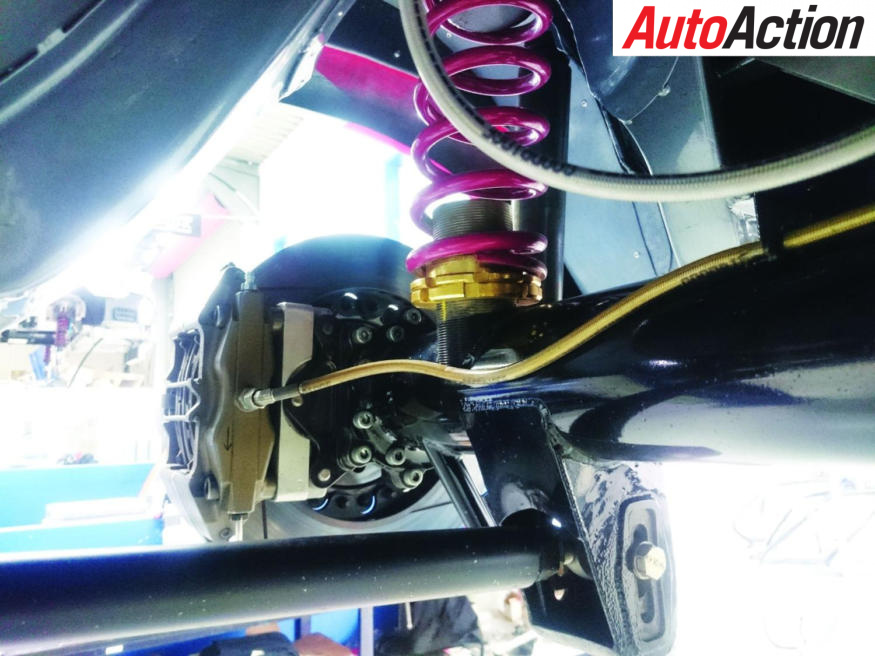
“The brakes are the same as the older car. It’s Brembo callipers on AP rotors, and we run a SupaShock damper. We ran those on the older car as well, and I think that there are a few others, two or three, running them as well. I think that Rusty French runs them as well. The main changes are little things; the chassis is just a little bit better; the exhaust is better; the braking is a little bit better. The rear end is a bit more stable than it was before.
“The engine is the same, but with the better exhaust we are probably getting a bit more power than we were before. I think that we have a bit over 600 horsepower, which is not that bad for a 5-litre! There’s about 430-odd foot/pounds of torque to go with that.”
The result is a car that is competitive with the proven metal and experienced drivers in the category, which Gomersall describes as “surreal”.

“I grew up watching these guys racing and idolising them. When I look at the time sheets now and I see my name there, and sometimes among them, you have to pinch yourself, to be honest. Racing them is a real privilege. They are great guys, you learn a lot racing against them. My racing has come along in leaps and bounds racing against them, I have learned so much over the last couple of years. They are great talents, it has been awesome.
“We used to sit there and watch the Richards, the Bowes, the Setons racing, and we looked up to them. Here I am now, racing against them. You do pinch yourself.”
One of the things that is in Gomersall’s mind – in everyone’s mind – is that TCM will race at Bathurst this year and Brock’s win there in 1979, by six laps, and cocking a rear wheel at The Dipper on the last lap.
“I think that it will lift a wheel at the Dipper, as long as it goes through there straight and fast!,” he says.
There are other categories that interest Gomersall but, for now, he is concentrating on what is in front of him.
“I look at everything,” he says.

“GTs look interesting to me, and Matt runs GTs. I get to see a lot of what goes on there. The Kumho Series looks interesting, but right at the moment I can’t see anything better than TCM. The cars, and the opportunity to race with some of the legends of the sport, is amazing.”
A half an hour before a Sunday race, the car is pushed half-out of its garage and age-old process of converting hydrocarbons into noise starts. The engine fires without any difficulty and, within half a minute, a crowd gathers. There is something about TCM cars that connects with the racing public, and this particular example seems to have a gravity that is all its own.
“They love this car,” Gomersall says. “People love the A9X. I don’t think that my popularity has gone up, but the car’s definitely has.”
Then he goes out to race. The car doesn’t win, but that hardly seems to matter.
The spirit of the A9X is alive and well, and on the racetracks of Australia, could hardly be in better hands.


